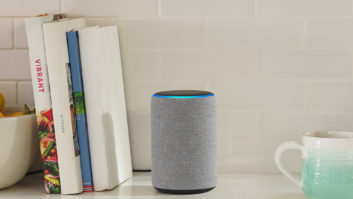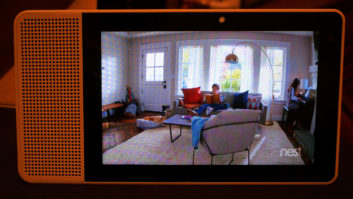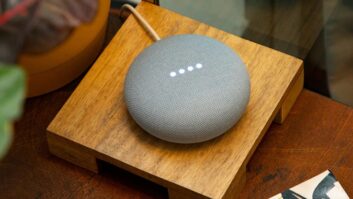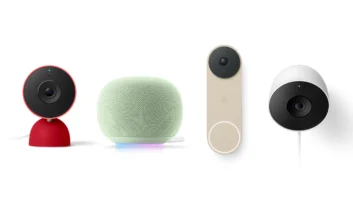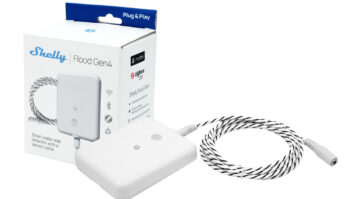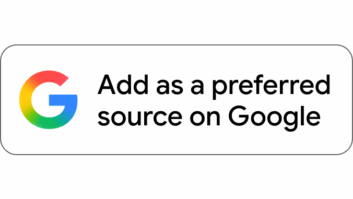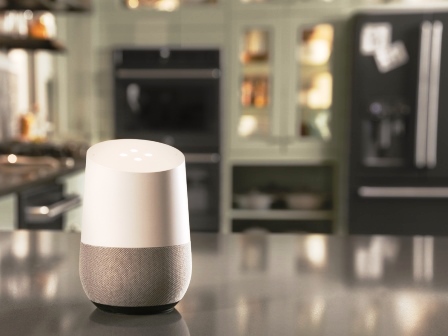
Voice assistance is the new killer app, at least according to Futuresource Consulting, and a two-horse race between Amazon and Google is well along.
With the explosive consumer acceptance of smart speakers, Futuresource believes 2018 will see a marked increase in devices supporting far-field voice communications.
Smart speakers represented over half of the total 49.6 million voice-assistant devices (VAs) shipped worldwide last year, and the range of products supporting assistants from Amazon, Google, Microsoft and Apple has expanded to include media streamers, consoles, smart TVs and wearables.
Given this expanded addressable market, Futuresource has added headphones and wearables to its VA market forecast and calculates that these categories alone will exceed 100 million VA integrated devices by 2021.
“2017 was the year [when] voice assistants made their first serious moves beyond smart speakers and into other product categories. This momentum is anticipated to accelerate in 2018 with headphones, smart home hubs, wireless networking equipment and set-top boxes all expected to see popular consumer launches,” said Rasika D’Souza, senior market analyst at Futuresource.
Amazon maintained its dominance in the U.S. market, while Google made in-roads in 2017 to establish itself as the clear No. 2. Futuresource believes Google Assistant will close the gap to Amazon’s Alexa over the next two years.
See: Amazon-Google Feud Reignites
The much bigger mid-term challenge to Amazon and Google is emerging in Asia. In China, where companies such as Alibaba and Baidu have invested heavily in artificial intelligence, ecosystems are being built around first-generation devices, while companies including Naver and Line are progressing similarly in South Korea and Japan, respectively.
It’s clear that some brands are using VAs as a key to strategies offering a unified experience across multiple devices. This is evident where VAs act as a hub to combine several items together to form smart solutions for bathrooms or kitchens. This is a strategy that Futuresource believes will be replicated in other verticals such as education and the enterprise.
“2018 is a particularly critical time in terms of VA implementation,” said Simon Bryant, director of research at Futuresource. “It is a battleground for companies positioning themselves to be the basis of future smart home platforms, integrating different ecosystems and crossing traditional divides between rooms, sectors, OS and ecosystems. Those VAs that do not gain traction in the next 12-18 months will find themselves out of the loop, with potential OEM and service partners focusing their efforts on those platforms with which they have already struck agreements.”
By 2027, Futuresource envisions that VAs will be pervasive, incorporated into the fabric of a smart home, interacting with sensors, cameras, control points and devices to automate the smart home and help manage consumers’ daily lives. Futuresource posits that the user will choose which VA to install across devices the way smartphone and PC users choose which apps and software to use.
See: Amazon Says Voice Control’s The Future
According to Futuresource, voice assistants are not simply about providing a new interface for consumers; VAs are about creating the new, primary interface for electronic devices.
The analysis comes courtesy of “Voice Assistants in Consumer Electronics,” an update to the release in June 2017 of the Futuresource report “Voice Assistant Opportunities in the Home.” It addresses the rapid and expanded roll-out of new devices, partnerships and wider developments relating to VAs in smart speakers and other devices. This new report adds regional commentary and data and provides a summary and update on the future market outlook, adoption of voice assistants in other devices and sectors, and guidance on the long-term opportunities and threats. It supplies market data for 2016-17 and forecasts until 2021.




